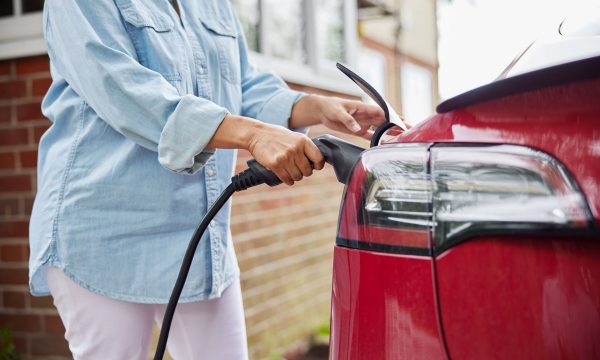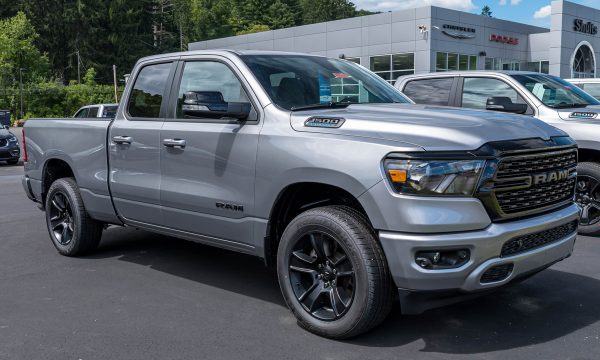Fatal Tesla autopilot crash has forced a face off with reality.

Autonomous cars — those that truly drive themselves — are coming. On that point there is little argument. But they aren’t here yet, in spite of much media hype and advertising hyperbole to the contrary.
What we do have are some amazing ‘Advanced Driver Assistance Systems’ but they still require full driver involvement.
That’s a point I’ve made in this column before. Now it’s one that’s finally getting some attention from the political and regulatory powers-that-be who have been pushing the autonomous concept perhaps too far, too fast, as well as the media that has sensationalized it.
It’s a message dealers should tell their customers.
The sudden faceoff with reality that put a damper on growing autonomous car hysteria, however temporarily, was the much-publicized Florida crash of a Tesla Model S being operated in Autopilot mode, and the consequent fatality that resulted. It was reinforced by two more crashes allegedly involving Autopilot operation shortly thereafter.
In that fatal crash, as explained by Tesla’s Elon Musk, the Autopilot’s camera-based hazard-identification system failed to recognize a white transport trailer crosswise of the road against a brightly-lit sky.
Absent from that response was any explanation of why the system’s supposedly redundant radar system also failed to make that identification. Others have since suggested that Autopilot’s algorithms require both sensors to agree on a hazard to initiate a response — a questionable decision if that’s the case.
But those technical details are not really the point. The point is that the Autopilot system — by its very name, as well as the way it was marketed — suggested capabilities the car did not possess. Or possessed only in very limited circumstances.
After the fact, Musk restated the system’s true function as that of a driver aid, downplaying earlier comments suggesting a car could almost drive itself without touching the controls at all.
As released to the public, the Tesla’s technology is in “Beta” phase, he said — a foreign concept to traditional automakers.
According to the car’s online manual, “Tesla requires drivers to remain engaged and aware when Autosteer is enabled. Drivers must keep their hands on the steering wheel.”
In addition, when drivers engage Autopilot, they are warned to keep their hands on the steering wheel and be prepared to take over at any time.
But that’s the fine print and, unlike competitors with similar system capabilities, Tesla is the only automaker that does not require the driver to acknowledge control by taking hold of the steering wheel at least every 30 seconds.
Is that enough? Consumer Reports (CR) thinks not.
CR says, “these two messages — your vehicle can drive itself, but you may need to take over the controls at a moment’s notice — create potential for driver confusion.”
“By marketing their feature as ‘Autopilot,’ Tesla gives consumers a false sense of security,” says Laura MacCleery, Vice-President of consumer policy and mobilization for the organization.
“In the long run, advanced active safety technologies in vehicles could make our roads safer. But today, we’re deeply concerned that consumers are being sold a pile of promises about unproven technology.”
Consequently, CR has called on Tesla to stop calling its system Autopilot, to help minimize confusion, and to deactivate its Autosteer function until it can be reprogrammed to require drivers to keep their hands on the steering wheel. Tesla has refused.
CR is not the only organization now questioning Tesla’s Autopilot technology and the context of its marketing and operation.
The U.S. National Highway Traffic Administration (NHTSA) has opened an investigation into the fatal crash and requested Tesla to “provide a detailed description of the design and operation of the subject system in all crash modes.”
The (U.S.) National Transportation Safety Board is also investigating the crash and the U.S. Senate committee that oversees auto safety has asked Musk to appear before it.
In addition, the Securities and Exchange Commission in the U.S. is investigating whether Tesla withheld information about the crash from investors for too long, potentially affecting stock prices.
While most of this attention is now focused on Tesla, it has huge implications for all other automakers and their representatives as well.
While both history and the current pace of progress would suggest that traditional car companies will be more cautious in introducing newly-developed technologies and more thorough in their pre-release testing, these events re-emphasize the need for doing so.
And also the need to avoid any marketing or statement that might be misleading. Something we’d all do well to remember.










